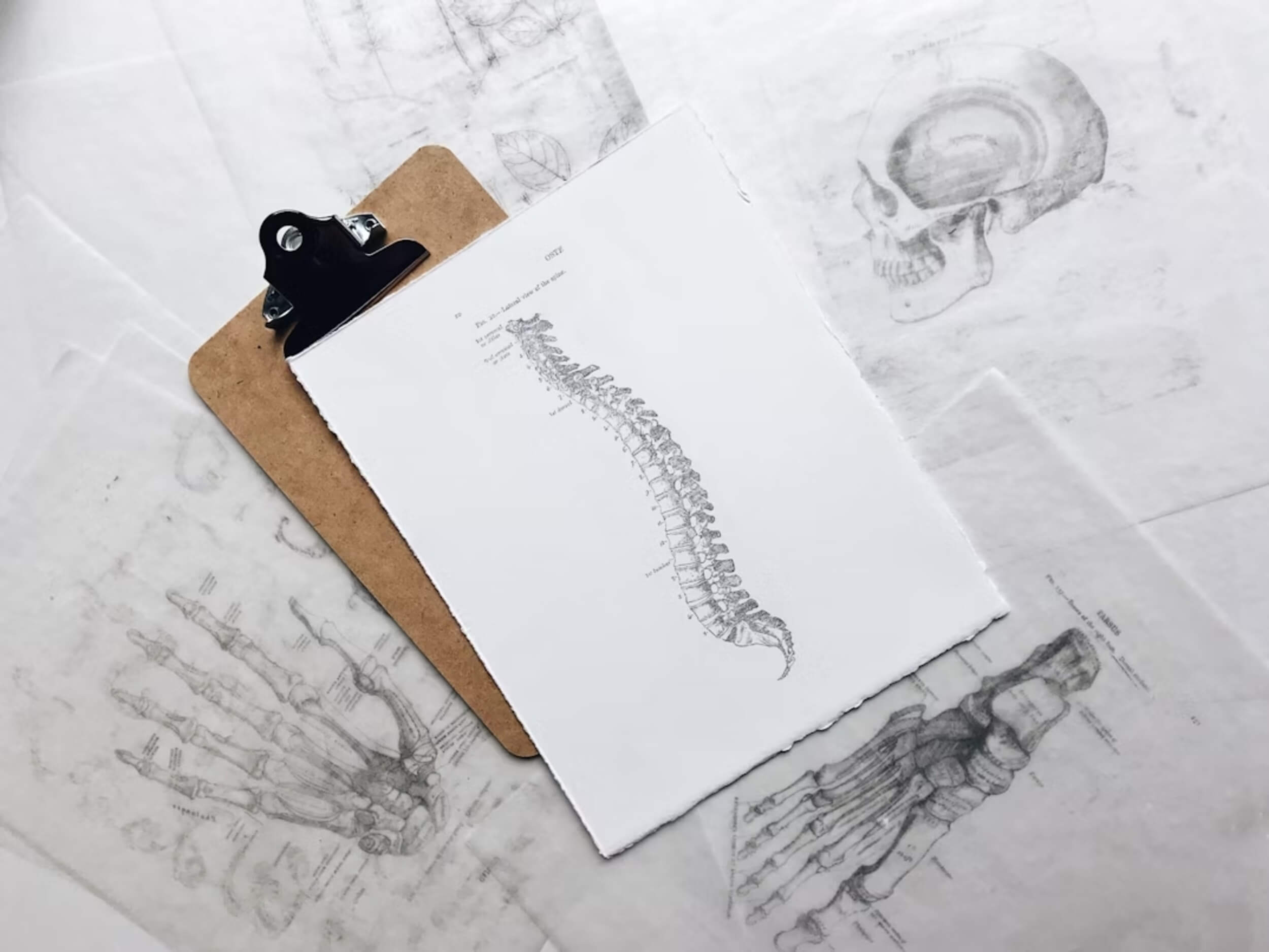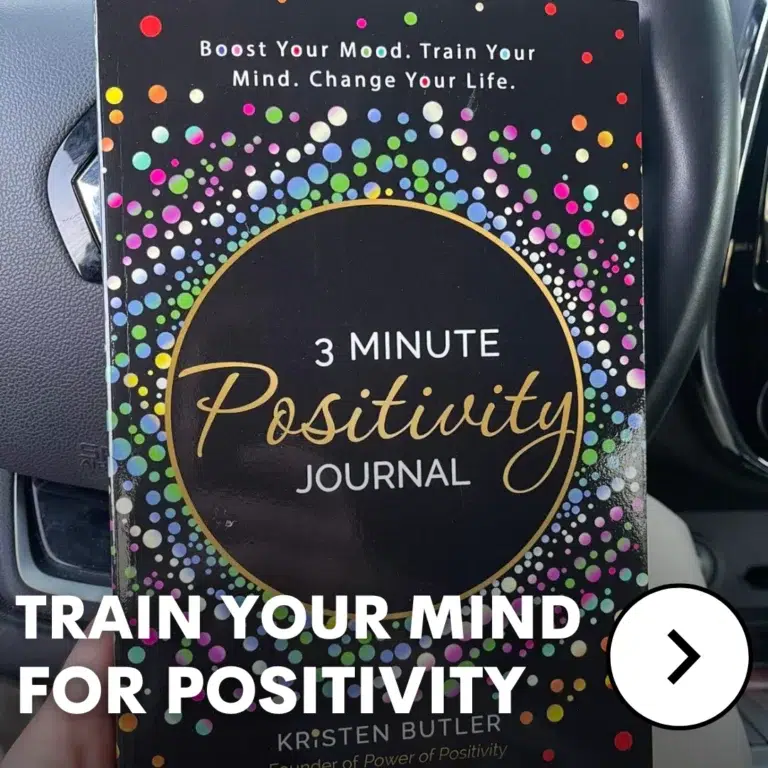Back pain has a way of showing up at the worst times — bending to tie your shoes, sitting at your desk too long, or even waking up in the morning feeling stiff. It’s something almost everyone deals with at some point, and it can turn simple daily tasks into a struggle. Many people think fixing it means spending money on pricey treatments, but that’s not always true.
Your back actually responds best to simple, consistent care. Everyday habits like how you sit, move, sleep, and even manage stress can either protect your spine or make pain worse. Weak muscles, poor posture, and sitting too much are some of the most common reasons people develop chronic aches.
The best part? You don’t need fancy equipment or expensive therapy to feel better. Learning how to care for your back through small, smart habits can keep it strong, flexible, and pain-free for years to come.
Everyday Habits That Protect Your Back
A few small, daily changes can make your back healthier and your movements easier.
1. Stay Active and Move Often
Movement is the simplest way to keep your back healthy. Sitting too long or staying in one position can make your muscles stiff and weak. Walking, light stretching, or even gentle yoga can keep the spine flexible and the muscles around it strong. Swimming is another great low-cost option that supports the body while letting you move freely.
Instead of waiting for pain to start, get into the habit of standing up, stretching, or taking a short walk every 30 minutes. It doesn’t have to be long — just consistent. These quick breaks keep your back from locking up and improve posture naturally. When people ask how to care for your back without spending much, staying active is one of the best answers.
2. Strengthen Your Core
Strong core muscles are your back’s best protection. They hold your spine steady and make daily movements — like bending, lifting, and twisting — easier and safer. You don’t need a gym to strengthen your core. Simple exercises such as planks, bridges, or bird-dogs work well at home and don’t cost a thing.
Doing these a few times a week builds stability and balance. The stronger your core, the less pressure your spine takes during everyday activities. It also helps prevent those sudden twinges or pulls that happen when muscles are weak. One of the smartest ways on how to care for your back is by keeping your center strong and steady — your back will thank you for it.
3. Maintain Healthy Posture
Good posture keeps your spine in its natural position and reduces strain on your back. Slouching or hunching forward puts pressure on the muscles that support your spine, leading to fatigue and pain. Whether you’re sitting, standing, or bending, posture matters.
Try to keep your shoulders relaxed, back straight, and feet flat on the floor. When standing, distribute your weight evenly on both feet instead of leaning to one side. Small posture checks throughout the day can prevent long-term discomfort. A straight spine doesn’t just look better — it feels better too. Learning how to care for your back also means being mindful of the way you hold yourself from morning to night.
Natural and At-Home Remedies for Pain Relief
When back pain appears, these gentle, low-cost remedies can bring relief.
4. Use Heat and Cold Wisely
Knowing when to use heat or cold makes a big difference in how your back feels. Ice helps calm swelling and pain after a strain or sudden injury. Use a wrapped ice pack for about 15–20 minutes to prevent skin irritation. Heat, on the other hand, relaxes tight muscles and improves blood flow, helping them recover faster.
Try a hot water bottle, rice-filled heating bag, or a warm shower. Just be careful not to apply direct heat for too long. Switching between heat and cold throughout the day can help relieve soreness naturally. It’s one of the easiest methods for how to care for your back without running to the doctor every time discomfort hits.
5. Try Gentle Stretching
Stretching keeps your muscles loose and your spine flexible. Tight muscles often pull on the back, causing pain and stiffness. Simple movements can help — try child’s pose, cat-cow stretch, or lying on your back and pulling your knees toward your chest.
Hold each stretch for 20–30 seconds and breathe deeply. The goal is to release tension, not force your body into painful positions. Doing gentle stretches each morning or before bed can prevent tightness from building up. It’s a small effort that makes daily movements easier and helps your back stay comfortable. For anyone wondering how to care for your back naturally, stretching is one of the easiest and most effective steps you can take.
6. Self-Massage or Foam Rolling
You don’t always need a professional massage to ease back pain. Using a foam roller or even a tennis ball can help loosen tight muscles and improve blood flow. Roll gently over sore spots in your lower back, hips, and thighs — areas that often carry tension.
A few minutes of self-massage each day can ease stiffness, improve flexibility, and reduce the need for pain medication. It’s a simple habit that helps you take charge of your back health without paying for costly treatments. If you’ve ever searched for how to care for your back without leaving home, this hands-on method might be your favorite go-to remedy.
Simple Lifestyle Adjustments for a Stronger Back
Small adjustments in daily routines can go a long way in preventing recurring pain.
7. Adjust Your Workspace
How you set up your workspace matters more than you might think. Sitting at a desk all day can strain your lower back if your posture isn’t supported. Keep your monitor at eye level, your chair at a height where elbows bend at 90 degrees, and your feet flat on the floor.
Take short breaks to stand, stretch, or walk every hour. A small lumbar pillow or rolled towel behind your lower back can also add support. If you work from home, investing in an ergonomic chair may be worth it in the long run. Smart setup and frequent breaks are key parts of how to care for your back, especially when your job keeps you sitting for hours.
8. Check Your Sleep Setup
Sleep should heal your back, not hurt it. The wrong mattress or pillow can throw your spine out of line and make pain worse. Choose a medium-firm mattress that supports your back’s natural curve. If you sleep on your side, place a pillow between your knees. For back sleepers, a small pillow under the knees keeps the spine aligned.
Try not to sleep on your stomach — it twists your neck and puts pressure on your lower back. A restful night gives your body time to repair tired muscles and joints. Making these changes may seem small, but they play a big role in how to care for your back long-term.
9. Choose Supportive Shoes
Footwear affects your back more than you might realize. Shoes that lack proper support can throw off your posture and strain your spine. Look for pairs with cushioned soles and good arch support. Avoid wearing high heels for long hours, and replace worn-out shoes when the padding wears thin.
Good shoes help keep your hips, knees, and back in proper alignment. Whether you’re walking, standing, or running errands, the right pair can make a noticeable difference. One of the easiest ways on how to care for your back is simply paying attention to what’s on your feet.
10. Lift Smart and Safely
Lifting the wrong way is one of the quickest paths to back injury. Always bend your knees instead of your waist and keep what you’re carrying close to your body. Use your legs to push upward, not your back.
If something feels too heavy, ask for help or use a cart instead of forcing it. Also, avoid twisting while lifting — turn with your feet, not your back. Learning these simple techniques prevents unnecessary strain and keeps your spine safe for years. Every time you lift correctly, you’re practicing one of the most practical rules of how to care for your back daily.
Healthy Living Habits That Support a Pain-Free Back
Nutrition, rest, and stress balance all play surprising roles in back health.
11. Eat Anti-Inflammatory Foods
What you eat affects how your back feels. Inflammation in the body can make pain worse, but the right foods can help calm it down. Add leafy greens, berries, nuts, olive oil, and spices like turmeric and ginger to your meals.
Try to cut back on sugar, refined carbs, and processed meats — they can increase inflammation and stiffness. A balanced diet supports bone strength and helps muscles heal faster. Food is fuel, and eating better is another smart way to care for your back without expensive treatments.
12. Maintain a Healthy Weight
Extra weight adds stress to your spine, especially your lower back. Losing even a small amount can ease pressure on your discs and joints. Simple changes like eating smaller portions, walking daily, and drinking more water can make a difference.
There’s no need for extreme diets — steady, realistic habits work best. The benefits go beyond your back too: better energy, mobility, and mood. Taking care of your body’s weight is part of learning how to care for your back naturally and for the long run.
13. Manage Stress and Tension
Stress doesn’t just affect your mood — it also tightens your muscles, especially around your shoulders and back. Over time, that tension can lead to real pain. Practicing deep breathing, short meditation sessions, or writing in a journal can help calm both mind and body.
Free stress-relief apps or short breaks to stretch can make a big difference. Staying relaxed helps your body move more freely and reduces muscle strain. Taking care of your mental health is one of the most overlooked yet powerful ways on how to care for your back every single day.
14. Prioritize Rest and Recovery
Rest is when your back repairs itself. Alternating between activity and short rest periods during the day keeps muscles from overworking. Staying hydrated and getting enough sleep allows your body to heal properly.
Avoid pushing through pain — it can make things worse. Instead, listen to your body’s signals and slow down when needed. Quality rest builds long-term strength and keeps you moving without pain. Giving your back time to recover is a quiet but essential part of how to care for your back.
When to Seek Professional Help
Sometimes pain means something more serious. If you feel numbness, tingling, weakness in your legs, or lose bladder control, it’s time to see a doctor. Persistent pain that doesn’t improve with rest also deserves attention.
Physical therapists can teach you safe exercises and better posture habits. Getting help early prevents the pain from turning into something chronic. Caring for your back on your own is smart — but knowing when to get professional support is even smarter.
Summary
Caring for your back doesn’t have to be complicated or costly. Regular movement, posture awareness, stretching, healthy eating, and proper rest go a long way in keeping it pain-free.
A strong back comes from small daily choices — walking more, sitting better, managing stress, and staying mindful of your body’s signals. These simple habits show exactly how to care for your back without spending much. When you treat it kindly every day, your back gives that care right back in strength, comfort, and freedom to move.















